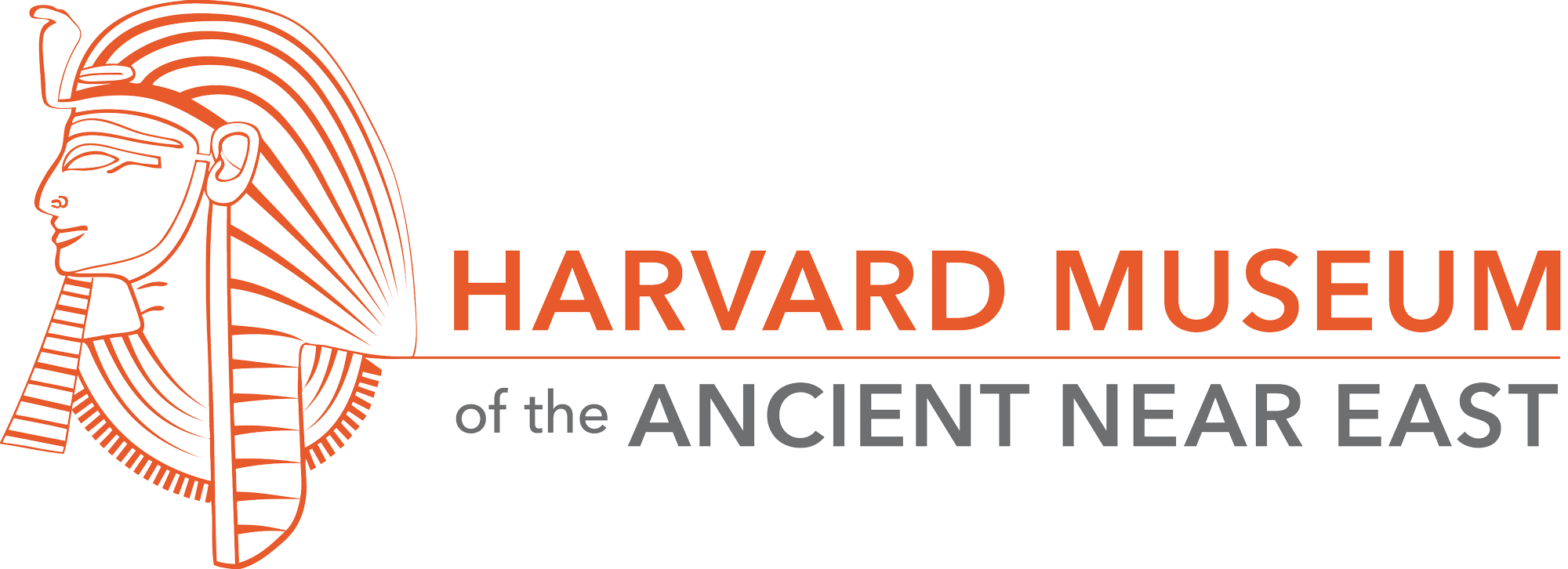Exhibitions
Mediterranean Marketplaces: Connecting the Ancient World
Mediterranean Marketplaces: Connecting the Ancient World explores how the movement of goods, peoples, and ideas around the ancient Mediterranean transformed the lives and livelihoods of people at all levels of society, driving innovations that had lasting impacts—even on the modern world.
From the Nile to the Euphrates: Creating the Harvard Semitic Museum
The Harvard Museum of the Ancient Near East is in the process of renewal and revitalization. As we move forward, it first seems right to return to our roots and examine where we came from. This exhibition celebrates the vision of Professor David Gordon Lyon (1852–1935), the museum’s founder and first director. Lyon assembled a rich collection of antiquities from what we now call the Middle East, including the Holy Land. (The term “Semitic” refers to the related languages and cultures of the Ancient Near East: Israelites, Phoenicians, Egyptians, Arameans, Babylonians, Arabs, and many others.)
Recreating the Throne of Egyptian Queen Hetepheres
An interdisciplinary collaboration at Harvard University has created a full-scale reproduction of an ancient Egyptian throne belonging to Queen Hetepheres (about 2550 BC). The chair’s materials are based on the ancient original: cedar, bright blue faience tiles, gold foil, gesso, cordage seating, and copper. This experiment in archaeological visualization is a triumph of reconstruction because the only guidance came from thousands of tiny, jumbled fragments and 90-year old expedition records. The reproduction chair is the centerpiece of the new exhibit, Recreating the Throne of Egyptian Queen Hetepheres.
Learn more about Recreating the Throne of Egyptian Queen Hetepheres
From Stone to Silicone: Recasting Mesopotamian Monuments
The Harvard Museum of the Ancient Near East is reimagining its grand third-floor atrium gallery, featuring the arts of ancient Mesopotamia (present-day Iraq). This first installment showcases newly fabricated casts from the ancient scenes that once adorned Mesopotamian palace walls.
Online Exhibit: The Groundbreaker: A Woman Archaeologist in a Field Led by Men

The Groundbreaker: A Woman Archaeologist in a Field Led by Men draws from the archaeological archives of Theresa B. Goell, director of an international field excavation site, detailing her travels and experiences as she worked in this male dominated field.





